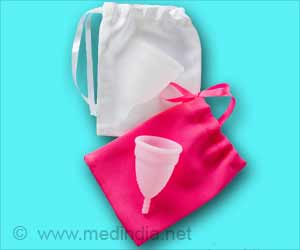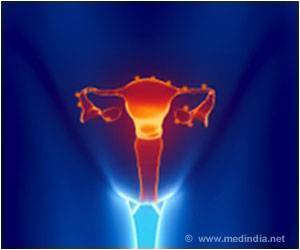Research at the University of Idaho is helping to increase understanding about normal vaginal biology so that physicians can better identify conditions that make women prone to infections.
Research at the University of Idaho is helping to increase understanding about normal vaginal biology so that physicians can better identify conditions that make women prone to infections and other diseases, and avoid the development of health problems.
“Women suffer from insidious health problems, including bacterial vaginosis and yeast infections, and those problems send them in droves to seek medical treatment,” said Larry Forney, a professor of biology at the University of Idaho. “Unfortunately, prescribed treatments aren’t necessarily effective because doctors don’t understand distinctive differences in the microbial composition of the vagina among women.”Forney’s interdisciplinary team of researchers found that the microbial ecosystem of the human vagina varies greatly among women. Those differences can lead to conditions that, if not diagnosed and treated correctly, may leave some women susceptible to a range of infections, including sexually transmitted diseases such as HIV.
His research team compared the type of vaginal bacteria in a representative group of Caucasian and black women in North America. Three major findings emerged from the study: there are at least eight kinds of normal vaginal bacterial communities, each community is different, and, among the eight kinds of communities, some bacterial communities are unique to one or the other racial group.
“Understanding the differences between these normal vaginal communities is the key to developing effective treatment and keeping women healthy,” Forney said. “For example, with this new insight into the vaginal ecosystem, we will be able to better understand a woman’s risk to disease and individual health care needs, and assist doctors and women to make more informed decisions about health issues and treatment plans.”
“It’s important for us to understand that the bacterial landscape in vaginas is different in different women and that’s normal,” Forney said. “Every speck of the human body has bacteria and those bacteria, including bacteria in the vagina, play a role in maintaining the body’s health.”
A healthy vagina is populated with lactic acid-producing bacteria, explained Forney. The environment maintains a low pH balance that inhibits the growth of pathogens. “The vagina is elegant in its simplicity,” he said. “A healthy vagina maintains itself and is able to self-correct when minor imbalances occur.”
When conditions in the vagina change the pH balance dramatically, harmful bacteria can invade and cause infections. When the pH is imbalanced, a condition known as bacterial vaginosis can develop; the condition is not well understood and is marked by several indicators including elevated pH levels and vaginal discharge. If left untreated or if treatment fails, the condition can predispose a woman to harm from sexually transmitted disease, including HIV.
Forney stressed the importance of the research team’s findings because they may:
• shed light on why some women have recurrent vaginal yeast infections, while others have never had one;
• partly explain differences in susceptibility to infection in the two racial groups, based upon the relative frequency of different kinds of bacterial communities in women.
Forney also said differences in the kinds of bacteria normally present in the vagina might mean that vaginal odor is normal for some women and not an indication of an underlying health problem.
The research has personal meaning for Forney as well. “I am vitally concerned about women’s health issues because I’ve got two daughters and I know that these issues will affect them.”
Source-Newswise
SRM /J











